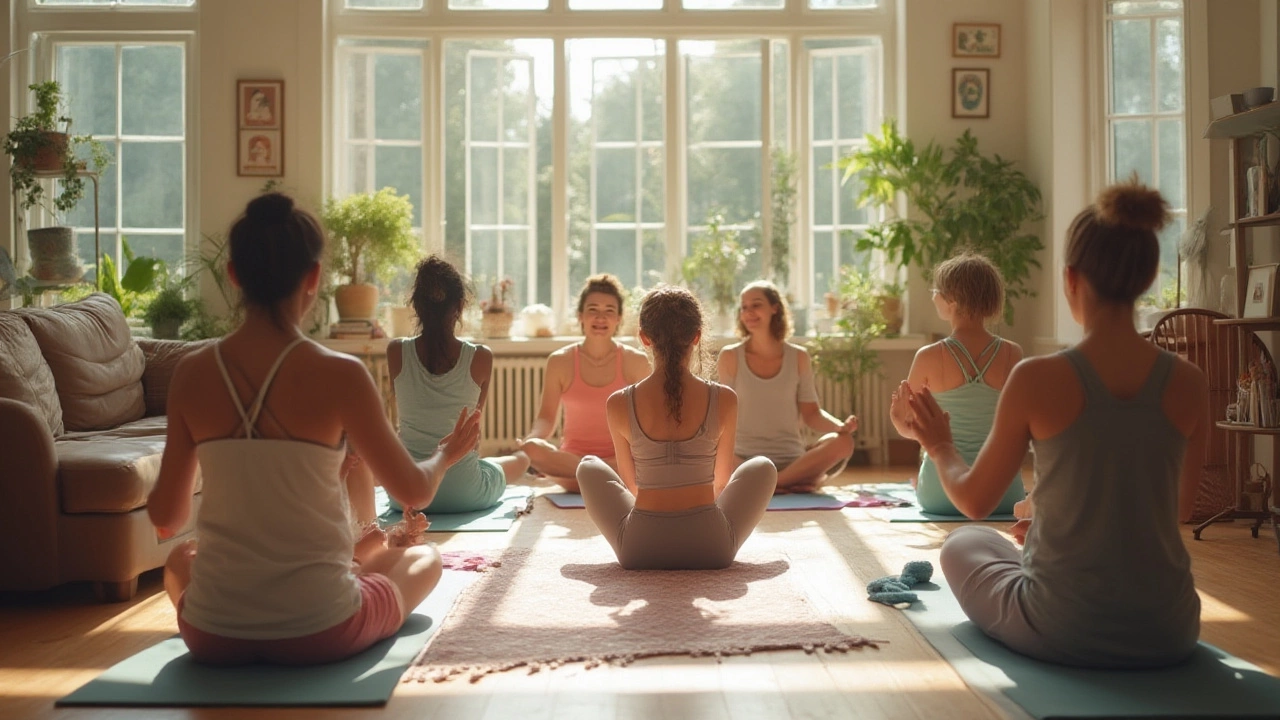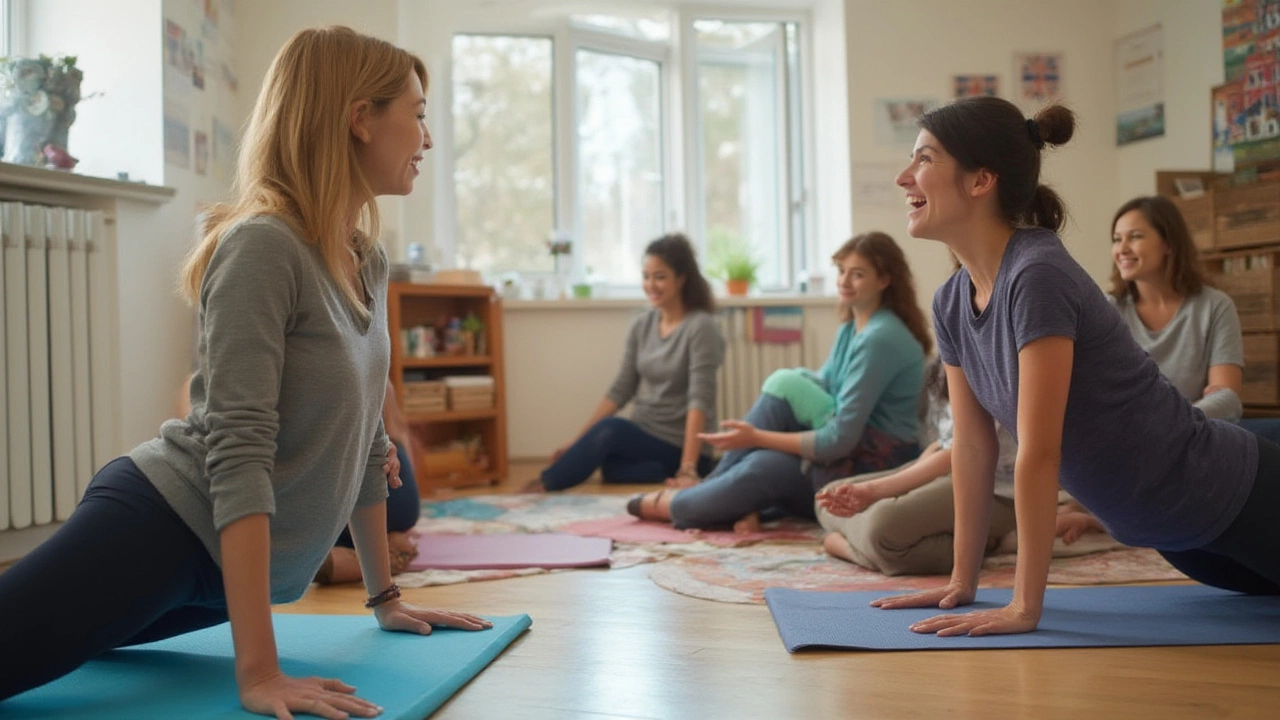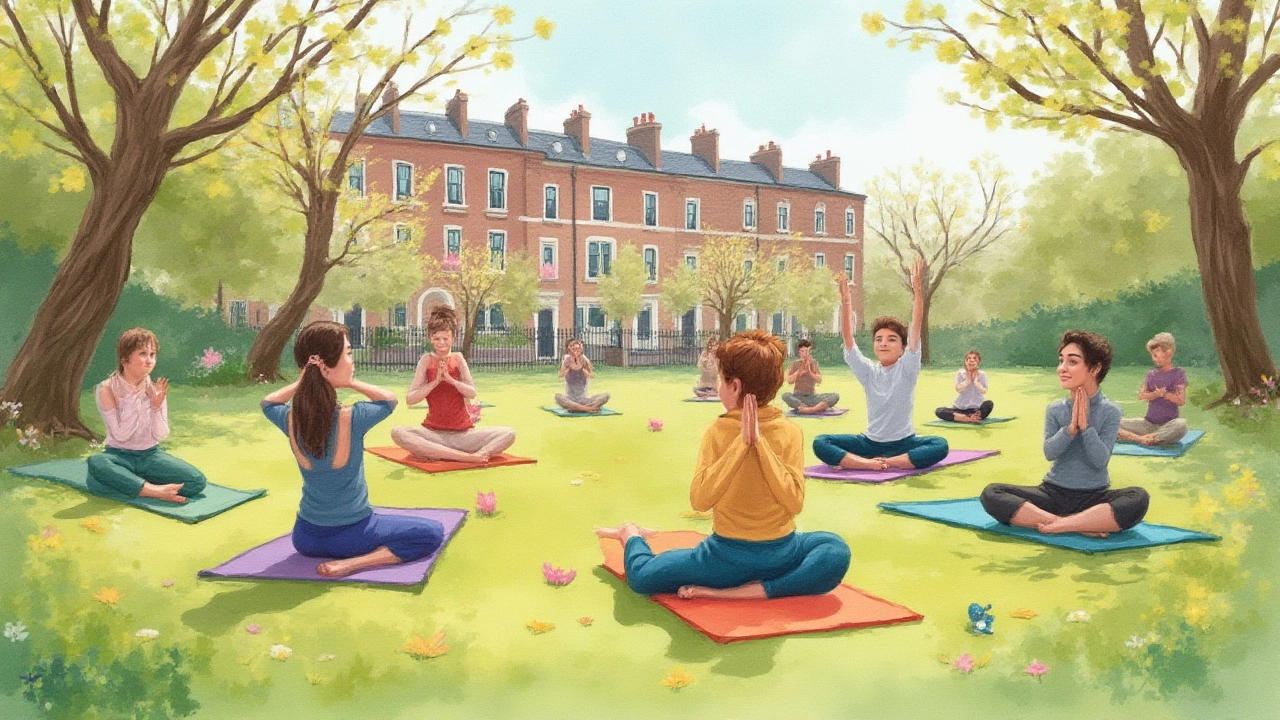
Everyone who’s ever scrolled past yoga photos on social media knows the ones: blissful-looking people folded into gravity-defying shapes, and your joints ache just watching. But here’s the thing—they all started somewhere. Most began with simple moves that felt more like stretching than breaking into a pretzel. And believe it or not, the most important yoga pose for beginners isn’t flashy. It’s about learning your body, building confidence, and loving the journey, not the Instagram-worthy finish line.
If you ask longtime instructors or peek into beginner yoga classes, one pose stands out as the best place to start: Mountain Pose, called Tadasana in Sanskrit. It looks almost ridiculously easy. Just stand there, feet together, arms by your sides. What could be more basic? But here’s why it matters—Tadasana teaches alignment, balance, and how to feel present in your body. When you do it right, you’re not just standing; you’re awakening muscles you didn’t know you had. Your toes grip the mat. Your thighs engage. You lengthen your spine, relax your shoulders, and lift through your chest.
Scientifically, Mountain Pose does more than just look simple. According to the International Journal of Yoga, grounded standing poses like Tadasana help improve posture by training the muscles that stabilize your core. That’s right—before you ever lunge or twist, you’re already building the foundation for everything that comes next. In fact, many physical therapists suggest Mountain Pose for people with posture issues, back pain, or balance problems.
This pose also grounds your attention. In a world full of distraction (dings, pings, you name it), learning to focus on your breath for a minute or two helps calm your mind. That’s not just nice for your mood. Multiple neuroscience studies have found that mindfulness—something as simple as paying attention to your breath in Tadasana—can lower stress hormones and boost concentration. It’s training your nervous system while you’re training your muscles.
After Mountain Pose, a handful of other beginner-friendly yoga poses build on that foundation. Downward-Facing Dog (Adho Mukha Svanasana) might look intimidating, but it’s simply an upside-down V shape. It stretches your hamstrings and shoulders, wakes up your arms and core, and—fun fact—has been shown in a 2022 meta-study to help reduce tension headaches when practiced regularly.
Child’s Pose (Balasana) is your built-in pit stop. This pose gives your back a gentle stretch, lets your hips relax, and helps you connect with your breath. If you ever feel overwhelmed in a yoga class, Balasana is your safe haven. Many seasoned yogis pop into this pose mid-class when they need a break. It’s not a sign of weakness, but a sign that you’re listening to your body’s needs—a key part of yoga wisdom, even for total beginners.
Let’s not forget Cat-Cow (Marjaryasana-Bitilasana). This flowy combo gently warms up your spine, mobilizes the vertebrae, and helps work out morning stiffness. For desk workers, it feels like a deep sigh for your back. Many yoga teachers start every class with a few rounds of Cat-Cow, because it works for all ages and bodies. And get this: even athletes use it as a warm-up before weight training or running—flexibility is never out of style.

So you want to try yoga at home or in your local studio but don’t know where to start? Knowing the steps to each pose can take away the guesswork—and the anxiety. Here’s how to get into the core beginner poses with confidence.
The best part? You don’t need expensive gear. A regular mat—or even a big towel on a carpet—works just fine to start with. Wear something comfy, like joggers or leggings, and skip the shoes. You’re set for yoga at home, in the park, or at your gym.
Common mistakes beginners make include locking their knees, holding their breath, or trying to force the pose. Listen to your body. If Tadasana feels awkward, shake it out and reset. If Downward Dog tightens your hamstrings too much, keep your knees slightly bent. It’s about finding what feels good, not perfect. Yoga is about progress, not perfection.
Here’s a fun tip—snap a quick before-and-after photo in your favorite pose every few weeks. You’ll be amazed how quickly your balance, strength, and flexibility improve, even with just ten minutes a day. And don’t be afraid to use props. Yoga blocks, straps, or even stacks of books offer support and make poses more accessible. You shouldn’t have to stretch twice as hard to get the benefits.

Let’s be honest—most people try yoga not because they want to perfect a handstand, but because they want to feel less stiff, less stressed, and a little lighter inside and out. Science has a lot to say here. According to the American Osteopathic Association, practicing just a few of these beginner poses regularly can lower your blood pressure, improve your mood, and boost your sleep quality. Consistency, not complexity, is what matters—research out of Harvard’s medical school found that even twenty minutes of gentle yoga produces measurable changes in anxiety levels and heart rate variability, a marker of resilience.
So why do people quit? Usually, it’s not because yoga is too hard. It’s the myths that trip us up. "I’m not flexible enough." Truth: flexibility comes from doing yoga, not the other way around. In fact, some of the most famous yoga teachers started with super-stiff hamstrings. The real secret is to go slow, breathe, and let yourself laugh when you topple over in Tree Pose. (Spoiler: everyone does at some point!)
Another myth—"Yoga is only for fit people." Hard pass. Chair yoga, for example, is built specifically for people recovering from injury, mobility limitations, or seniors. Harvard Health reports that chair yoga improves balance and confidence in people in their seventies and eighties. Yoga meets you where you are, not the other way around.
You also don’t need to spend money. Many fantastic teachers post free beginner classes online. Just search for beginner flows by teachers with real credentials—Yoga Alliance accreditation is a good marker for quality. Or, try a local studio’s intro class. Most offer the first class free or at a big discount. If you’re nervous about going alone, bring a buddy. It helps to have someone beside you when you both forget which way to point your toes.
Here are a few tips if you’re new on the mat:
So what’s the single best yoga pose for beginners? Honestly, it’s the one you’ll actually do—often that starts with Mountain Pose, Child’s Pose, or Downward Dog. These form the gateway into building confidence, improving balance, and picking up new poses safely. All you need is a willingness to try. The rest flows from there—literally.